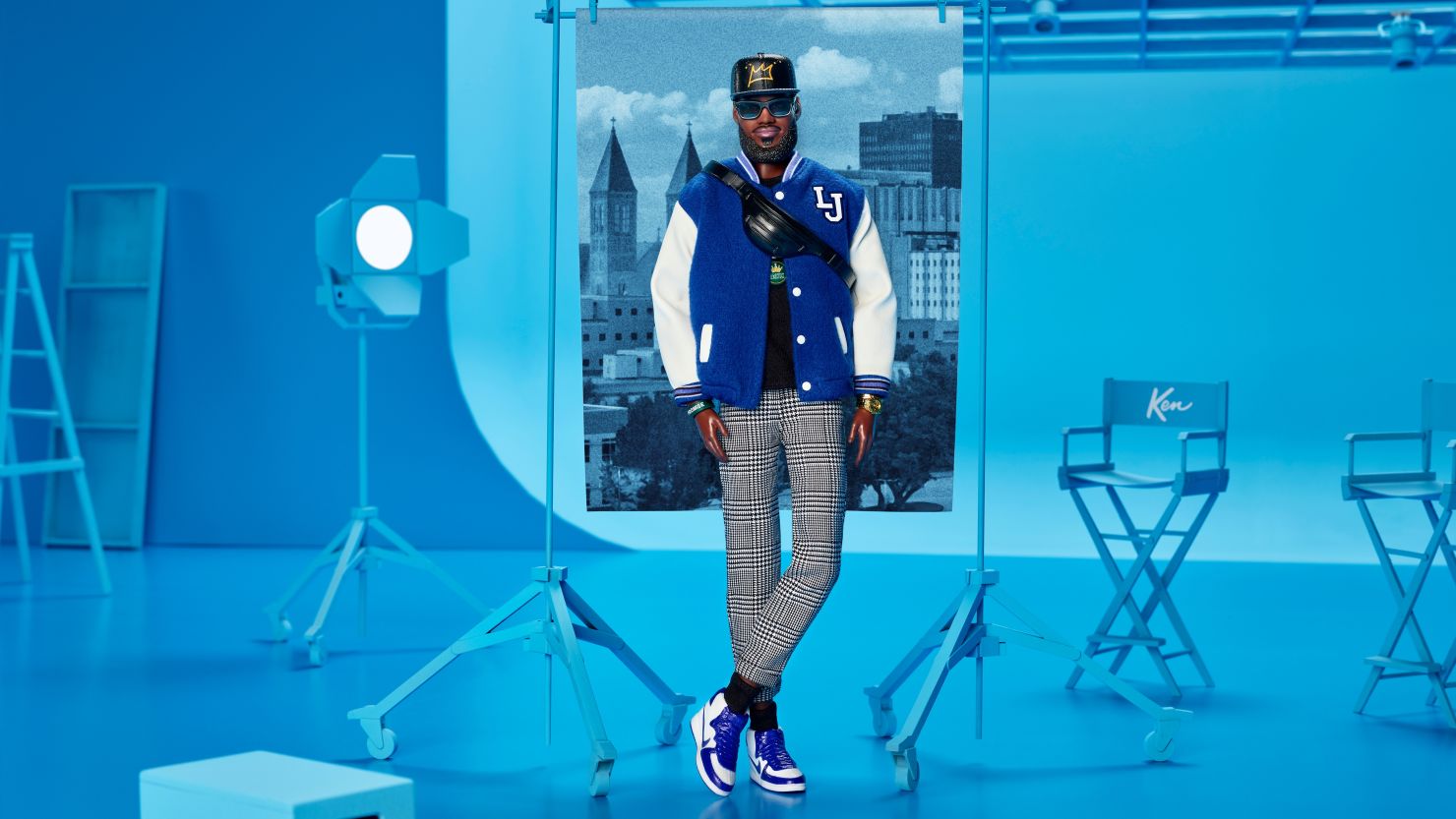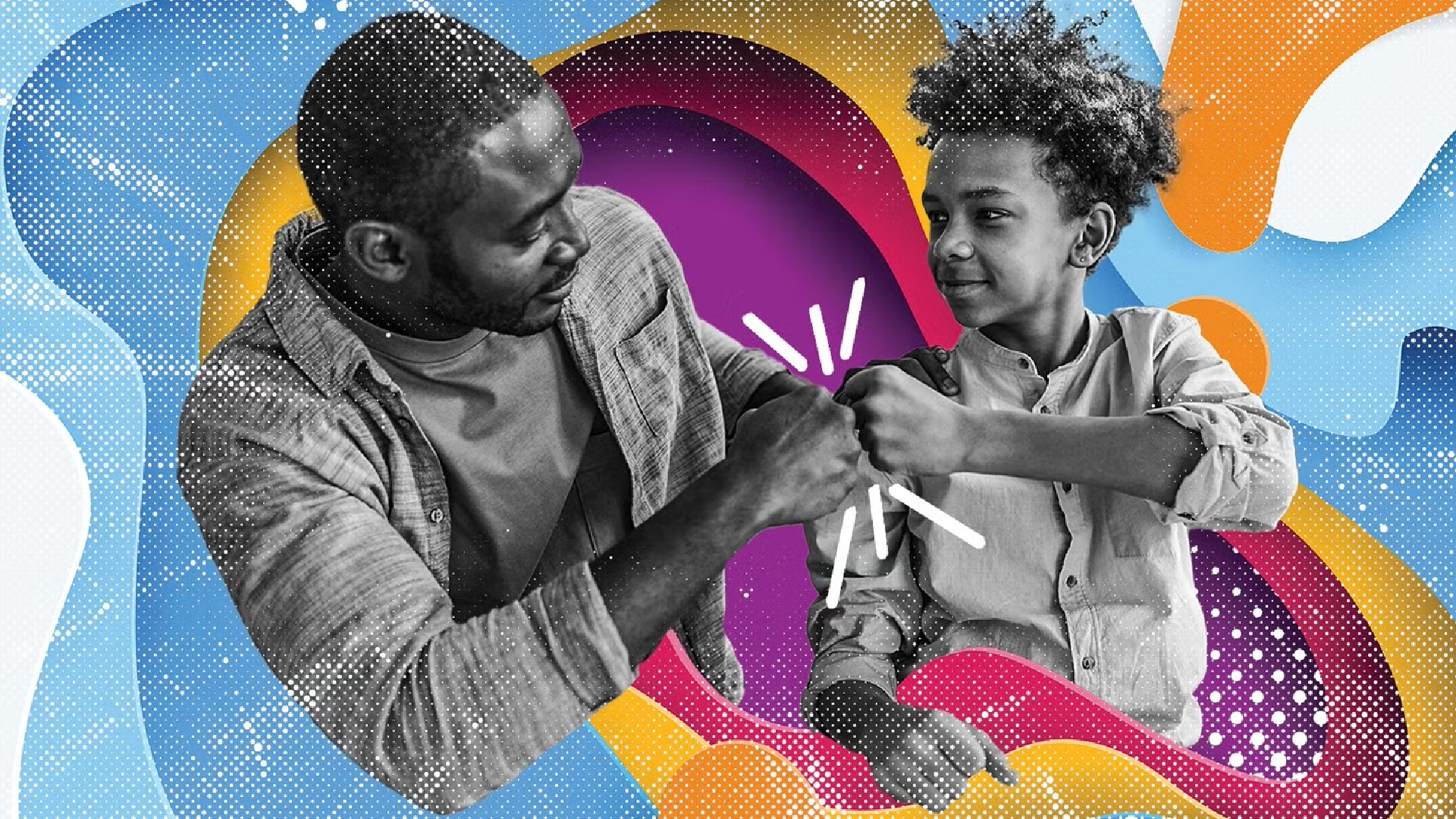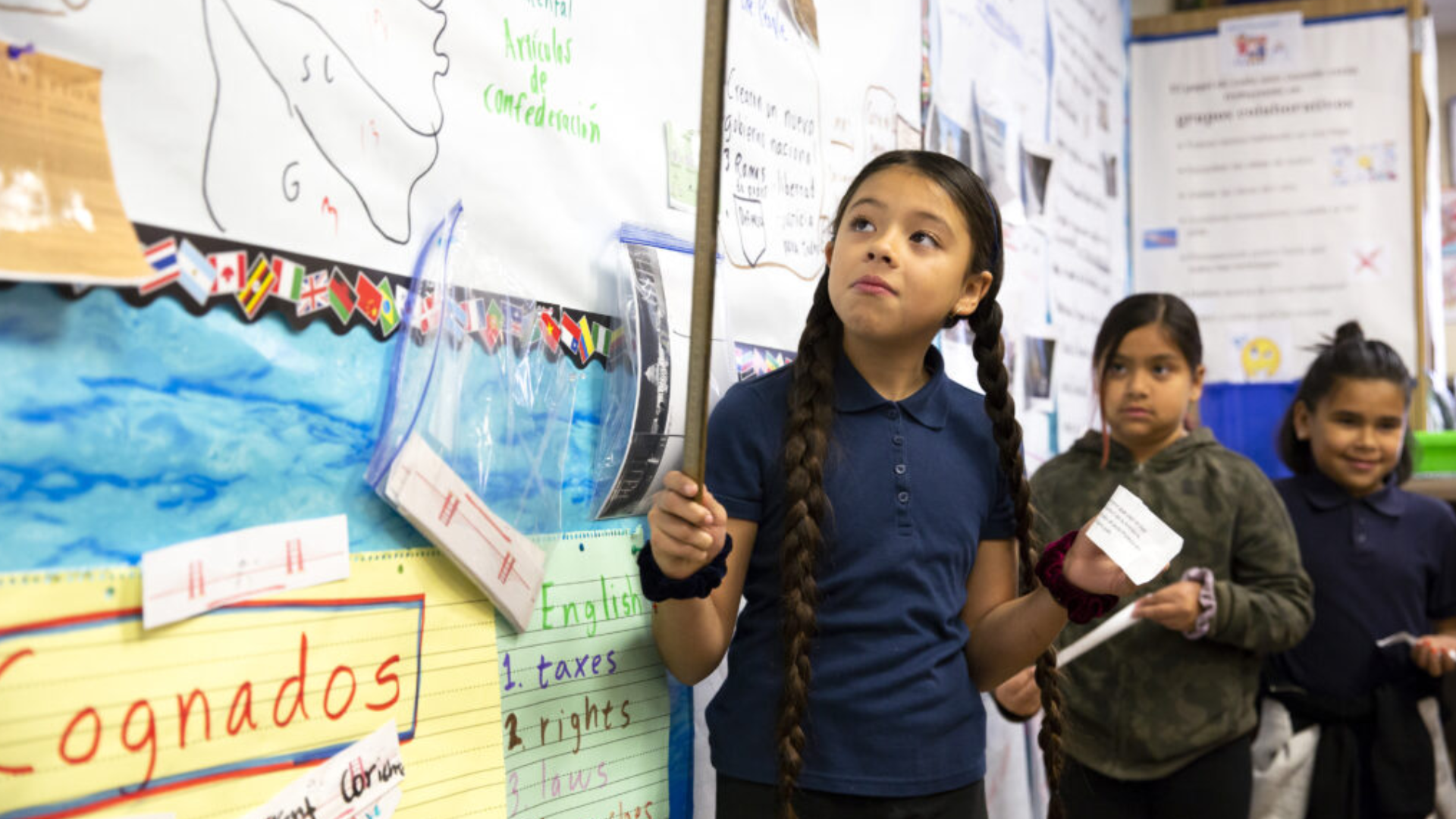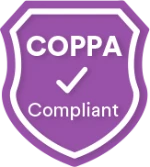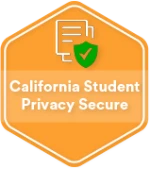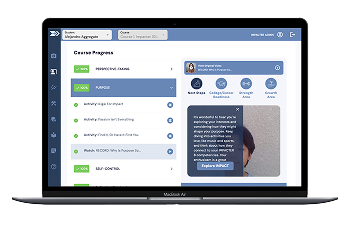From young people with ADHD capturing attention on TikTok with millions of views, to autism advocacy creators redefining what “normal” looks like, the neurodivergent revolution is here—and Gen Z is leading it.
On TikTok alone, the hashtag #Neurodivergent has over 5.6 billion views and counting.
Terms like “executive dysfunction,” “masking,” and “stim culture” are now part of the digital vernacular.
Students aren’t just consuming this content—they’re creating it.
They’re telling the world:
“We learn differently. We express differently. We grow differently.”
But in schools?
We’re still handing them bubble sheets and rubrics written for someone else’s brain.
The Neurotypical Bias in School Assessment
Despite increased awareness around inclusion and UDL (Universal Design for Learning), most assessment systems today remain built around neurotypical patterns:
-
Timed written responses
-
Linear sequencing
-
Static prompts
-
High language processing demand under pressure
-
One “right” format of response
These structures tend to reward the students who think quickly, articulate cleanly, and organize predictably—whether or not those skills reflect their actual learning, leadership, or growth.
A 2022 study by the Cognitive Flexibility Institute found that:
“89% of standardized school-based assessments place higher cognitive load on verbal and sequential working memory than is typical of neurodivergent processing pathways.”
(Journal of Adaptive Learning, Vol. 11)
Even newer digital tools often swap paper tests for digital versions of the same format—missing the opportunity to truly evolve.
How IMPACTER Centers Neurodiverse Voice
At IMPACTER, we designed our system from the ground up to support the full range of human learning.
That starts with voice.
Students reflect aloud.
They answer open-ended prompts in the format that works for them—spoken, video-recorded, or audio-only.
Then, using our neural scoring model, we analyze what’s said—not how polished it sounds—against our 8 Anchor Attributes:
-
Curiosity
-
Purpose
-
Self-Control
-
Grit
-
Growth Mindset
-
Compassion
-
Perspective-Taking
-
Gratitude
Because what matters isn’t sentence structure—it’s self-expression.
Not timed recall, but authentic reflection.
In pilot studies, students with IEPs or 504 plans were 2.6x more likely to complete an IMPACTER reflection than a written journal, and rated the experience as “more personal” and “less stressful.”
A fictional but entirely possible quote from Dr. Jordan Reyes, fictional Director of Inclusive Assessment Design at the (also fictional) National Learning Futures Lab:
“IMPACTER is what Universal Design for Assessment should look like: multiple modes of expression, same standard of excellence, measurable outcomes—without forcing every student into the same box.”
Neurodivergence Isn’t a Trend—It’s a Reality
And it’s time schools evolved to meet it.
TikTok is giving neurodivergent students visibility.
Their peers are giving them language.
But most assessments still expect conformity—not voice.
IMPACTER flips that.
We meet students where they are, give them space to speak, and track their real growth in the skills that will matter in life—no matter how their brain is wired.
???? Want to assess growth without reinforcing bias? Let’s talk.

